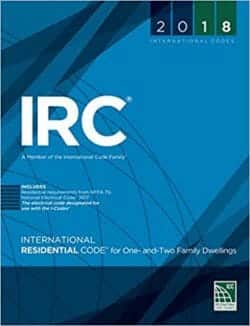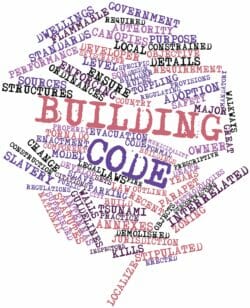Surfside building collapse | What to look for in your Condo or Apartment Building
Home » Structural »
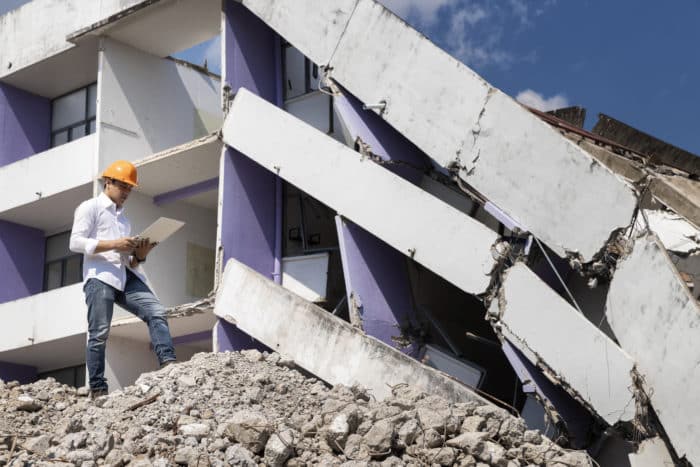
The consequences of an unintended building collapse are tragic and catastrophic. In the case of apartment buildings, condominiums, and other livable high-rise buildings, loss of life can be much greater than office buildings due to the fact that residents may be in their homes at any given time. The recent Surfside condo collapse in Florida has been extremely traumatic for the victims, families, and the entire nation.
Many people are asking if the tragedy could have been prevented or if there were warning signs that were not taken seriously. Unfortunately, many reports have come to light revealing inspections and resident observations about structural issues that were witnessed but not remedied. Now people across the world who live in similar buildings such as condos and apartments are concerned about the structural integrity of their homes.
Subsidence
Building inspections performed on the Surfside condominium have shown that some of the major warning signs were already previously found and noted. A report from 2018 noted the subsidence observed of the condo’s foundation. Subsidence is when the earth below a foundation begins to sink thus causing certain parts of the building to lower into the ground. When the entire building does not sink uniformly, excessive stress on parts of the foundation can be beyond what the foundation was engineered and designed for. When this occurs, the foundation or pilings may fail and the building could tilt or collapse.
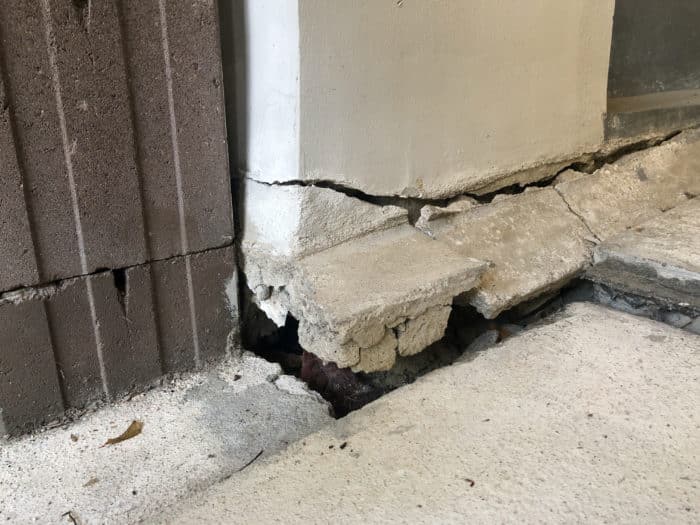
The Surfside condo was noted to be dropping at a rate of 2mm per year or 1/16th of an inch. While this may seem like a small amount, the building was roughly 40 years old which means it may have sunk over 2.5 inches during its lifespan.
How subsidence affects concrete
Concrete is not a flexible material and due to its brittle composition, it can crack or even completely split apart when it shifts, loses the soil supporting it, or becomes subject to tremendous stress.
What causes subsidence
What causes the subsidence can come in many different forms ranging from excessive water eroding soil or saltwater weakening certain types of rock below the foundation. Limestone is susceptible to weakening if saltwater is allowed to penetrate the ground far enough to reach it. Additionally, cracks or voids that form in the rock beneath the structure due to man-made events or natural occurrences can cause subsidence.
An example of a natural event that could cause an increase of subsidence would be an earthquake that rattles and vibrates the ground causing shifting of the soils and rocks. Other examples of natural events would be hurricanes, cyclones, and storms which bring large quantities of water that can wreak havoc to the normally calm and stable areas underground.

Man-made events such as nearby construction, subway tunneling, rock quarrying, and excessive pumping of groundwater can all contribute to this problem. Many lawsuits exist from construction projects nearby homes and buildings in which damages are alleged to be caused by the construction process itself. It’s easy to imagine that a quarry near a structure using dynamite to blast rock could have adverse effects on the foundations of buildings but there are more events that are less obvious that can cause subsidence as well as concrete damage.
Freeways and pile driving for roads and bridges cause massive amounts of vibrations to the ground that over time will weaken foundations and crack the concrete that makes up many large high-rise building’s structural components. Excessive pumping of groundwater or oil can cause the earth to deflate as the pockets of water are left empty and can cause a collapse of underground caverns and veins. A melting glacier of water was able to eventually carve out the entire Grand Canyon so it is important to keep in mind the many small forces at play which weaken and destroy foundations and concrete structures.
Concrete and rebar issues
Pictures have been broadcast across many news organizations which depict concrete issues that were seen by inspectors and residents of the condo complex. Many of the pictures show chunks of concrete that had fallen off of columns or exposed rebar. Rebar is used in concrete to increase the overall strength, especially its tensile strength, and load-bearing capacity by essentially being a metal grid that helps the concrete act as one giant component.

Rebar however is made from metal and does not have the same properties as concrete. Rebar exposed to water and air will rust over time and expand from its original size. In fact, rebar is able to expand over 4 times its original diameter. Rebar that is rusting and expanding splits concrete from the inside out and can be very common in coastal or wet areas when proper maintenance or construction techniques are not performed.
Lack of maintenance
Proper maintenance and routine inspection are critical to preventing building collapse catastrophes like the Surfside condo collapse. Small moisture issues can turn into big problems. It is imperative that cracks in a building’s concrete structural components be repaired quickly after discovery as salt-laden air or water may penetrate the cracks causing the rebar to rust. Concrete balconies, columns, walls, ceilings, stairs, retaining walls, and concrete beams are all critical to be repaired and the root cause identified and repaired as well.
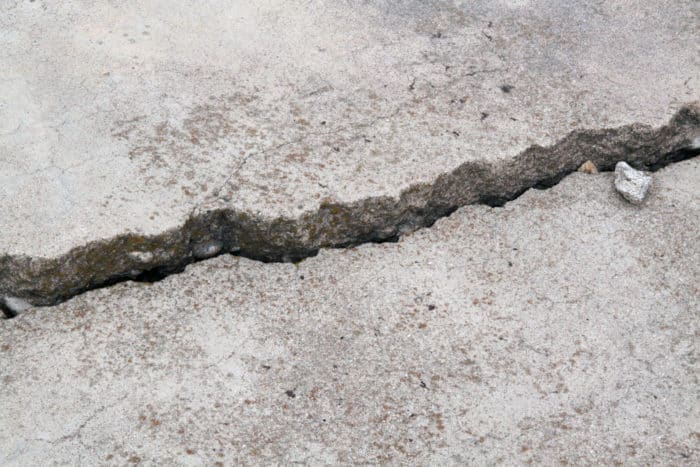
It’s not realistic to think that once a building is finished that the job is done. So many different factors can undermine a building’s structural integrity and routine maintenance is key to preventing major issues. A new source of concern for building managers is climate change. Changing temperatures, water flows, and weather patterns will likely disrupt many building foundations in the years to come and modifications and repairs will certainly be needed. Monitoring a high-rise’s reaction to all of these outside factors will allow the building owner to know when things have reached a level where repairs are required.
Warning signs – What to look for in your building
Many people are now wondering how they can be on the lookout in their condo or apartment building to help prevent a major collapse or disaster from occurring. There are small things to keep an eye out for that start within the interior.
Interior warning signs

Symptoms of a shifting foundation can be seen in very small details. If a structure is slowly shifting, cracks can be one of the easiest symptoms to spot. An increase of cracks in the flooring, walls, and ceilings can be an indicator as well as doors and windows sticking or getting harder to open or close. If one side of a wall is sinking and the other side is staying the same, things will come out of alignment. A once square window or door frame will now be slightly trapezoidal which can manifest in stuck windows or doors. If you put a ball in the middle of the room or on your table and it rolls off to one direction this can also be a sign that the building is no longer sitting on a level foundation.
Concrete warnings signs
Large cracks or pieces of concrete that have fallen off support columns or the sides of buildings are definitely something to note, especially if this exposes the rebar or continues happening at an increased rate. Generally, this is called spalling. Efflorescence, deposits of salt in a crystalline form on concrete and other staining are a yellow or red flag of a water issue to the concrete. Often overlooked or simply cleaned off, efflorescence should always be investigated for the root cause as should all excessive moisture conditions facing structural concrete.

Underground parking structure or basement warning signs
Since many structural components can be freely observed in parking garages or basements, these are an ideal place to inspect for structural issues. The same issues mentioned previously which can negatively affect concrete can occur in underground parking structures and basements, especially since they are underground and even more prone to water penetrations. Easy things to look for are rust on metal components, corrosion or staining, excess pooling of water, and cracks. Catching and repairing these issues in areas where the entire load of the structure is sitting upon early is critical. Decks, beams, and columns, stair and elevator towers, expansion joints, drains, and exposed steel should all be thoroughly checked following an approved schedule such as the recommendation released by the National Parking Association.
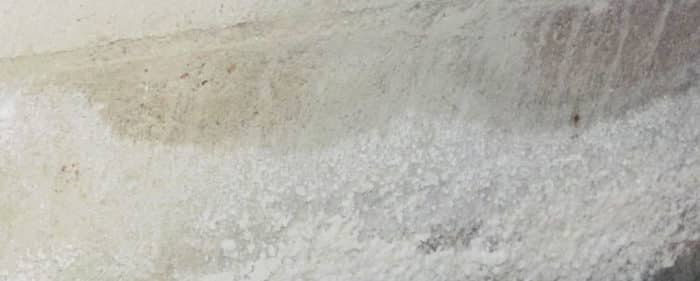
Audible sounds can be a warning sign
Hearing creaking noises increase over time can be an indication that the movement occurring in the structure is becoming more and more significant. Most structural issues start out small and grow exponentially over time. Some noises are normal but excessive creaking and cracking sounds should always be investigated. One test to perform in which sound can help identify structural issues is called the chain drag test. As the chain is dragged over a concrete slab the sound will change in areas that are hollow under the slab or it may indicate that there is a de-lamination process occurring within the concrete slab. This can be useful to determine if the concrete structure is being undermined from a non-visible location or that the concrete is partially separating internally.
Who to contact for structural warnings in your building?

- City building department
- Building owner or manager
- Condo Association
- Engineer (structural)
